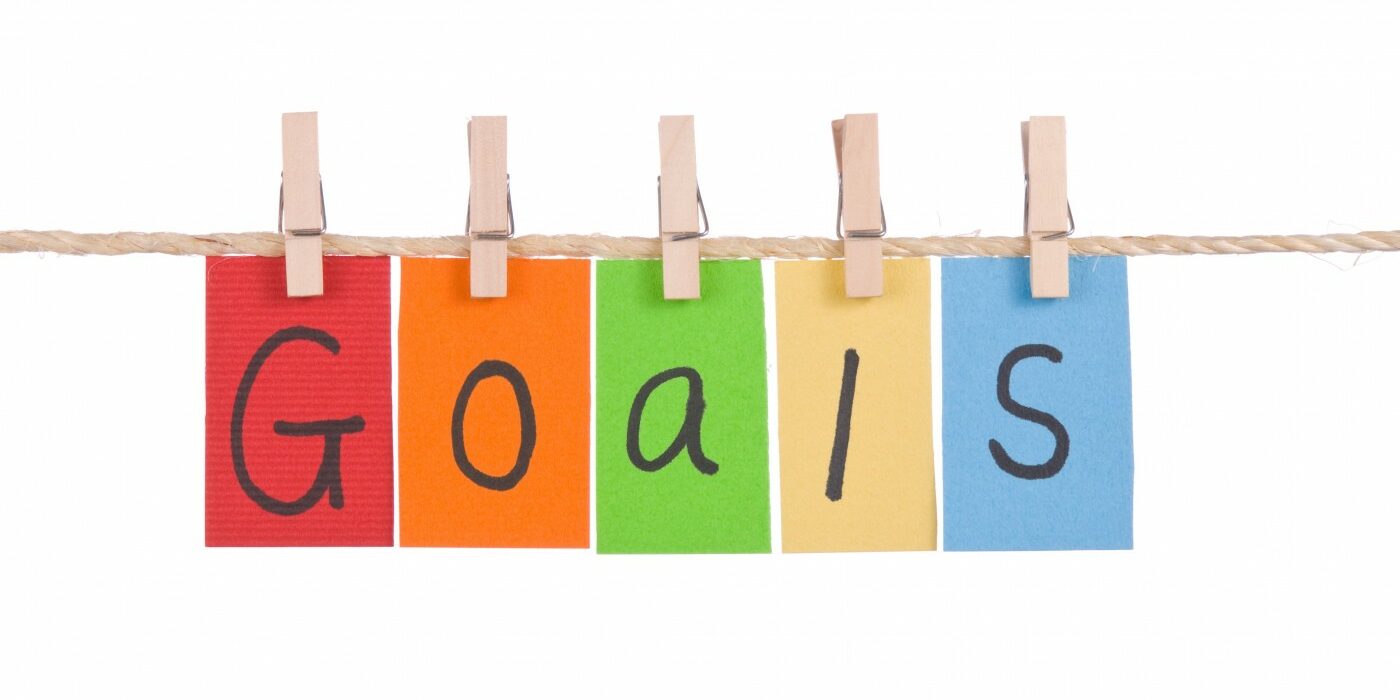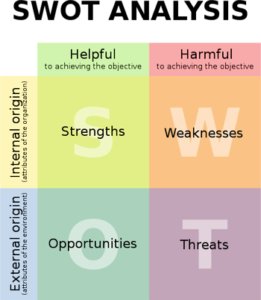Identify the Problem – Be Specific!
While organizing, it’s easy to get lost in all the ways varying aspects intersect with the broader cause we are trying to work for and change. An essential process before implementing any action is identifying an issue or problem that can be tied to the broader frameworks of our cause. The purpose of this is to help you, as facilitator, and your group/organization narrow down your focus, allows members to understand each other’s different opinions and priorities, and make room for effective actions that will lead towards substantial gains in achieving your overall goal.
For example: If your group or action’s objectives are focused on LGBTQ rights, then identify the specific problem you would like to tackle such as: LGBTQ homeless youths, Anti-bullying campaigns, or AIDS awareness. Once that’s decided you can go on to identify your goals, vision, stakeholders, and overall campaign strategy!
Identify Goals and Ultimate Vision
After you have identified the specific issue your group/organization would like to focus on, it is time to establish the key indicators that mark your group’s progress. These can be considered the victories along the way that demonstrate important milestones passed in reaching the ultimate vision that you have been working towards.
Questions to Ask Yourself while Identifying your Goals and Vision
- What problem(s) are you trying to solve?
- How do you imagine the world after you have resolved the problem? tangible , outcomes, expected outcomes of the campaign, (policy change? win court case?)
- What are the changes needed to resolve this issue?
(developing key strategies)
Identify a Target Audience
Every cause will have particular stakeholders, targets, and audiences that need to be considered before you can move forward with your actions. Stakeholders can be anyone (people, groups, organizations, and institutions) that are involved in or affected by the problem you are trying to solve. These people may be supporters of your campaign, be affected by the issue in one way or another, be responsible for the problem, or be in a position of power to change the situation. Either way, when creating your campaign, you need to know everything about your stakeholders, their relationship to each other and the problem at hand, and identify their willingness or unwillingness to help you advance your cause in order to come up with an effective strategy to resolve the problem.
Here are some examples of questions that will help you identify and map out your stakeholders provided by the Tactical Technology Collective:
Discuss the interaction that is at the root of the problem your campaign wants to address. Who creates the problem? Who is affected by it? How and why are these entities connected to one another?
Continue, taking notes as you go along, until you can identify the interaction between entities (nodes) that most represents what you seek to change.
Identify all of the nodes between which this kind of interaction is happening.
Place these nodes at the center of your map.
Identify the relationships of these central nodes with others nodes on your map. Start locally and move outward regionally, nationally, internationally and globally, if relevant. Depending on your problem, expand your map with two or more levels of nodes (marking these in a clear way):
First level: entities with direct contact to the central nodes (family / local)
Second level: entities with contact to the first level (regional / national)
Third level: nodes with general influence on the issue (international / institutional)
Next, draw lines representing relationships between these nodes and identify the kind of relationship they have; for example:
Power
Mutual benefit
Conflict
Potential
Building your Overarching Strategic Frameworks
Now that you have decided what to campaign on, what your goals and ultimate vision are, and who your key stakeholders are, you are ready to create your campaign strategy. The first step is identifying what would need to change for the problem to be resolved. This is a good time to assess your organization, the work you have done so far, and the cause you are working for.
- Identify where you will have the most impact.
- Asses which objectives and goals you can achieve.
- Identify who will help you achieve these goals.
One of the simplest ways to assess this information is to create a SWOT (Strengths/Weaknesses/Opportunities/Threats) analysis. This is a popular and effective way to measure your campaign strengths, weaknesses, and everything in between:
Set Campaign Objectives
Your campaign objectives should help you map out, plan, and design the actions and events that will achieve the desired outcomes. This will also be vital in monitoring and assessing the effectiveness of your campaign. It is important to do this in order to be able to assess if your campaign actions are yielding the necessary results to get you closer to your ultimate vision.
Campaign objectives need to be SMART (Specific, Measurable, Achievable, Relevant, & Time-Bound).
Check out this mechanism of change worksheet provided by The Change Agency.







